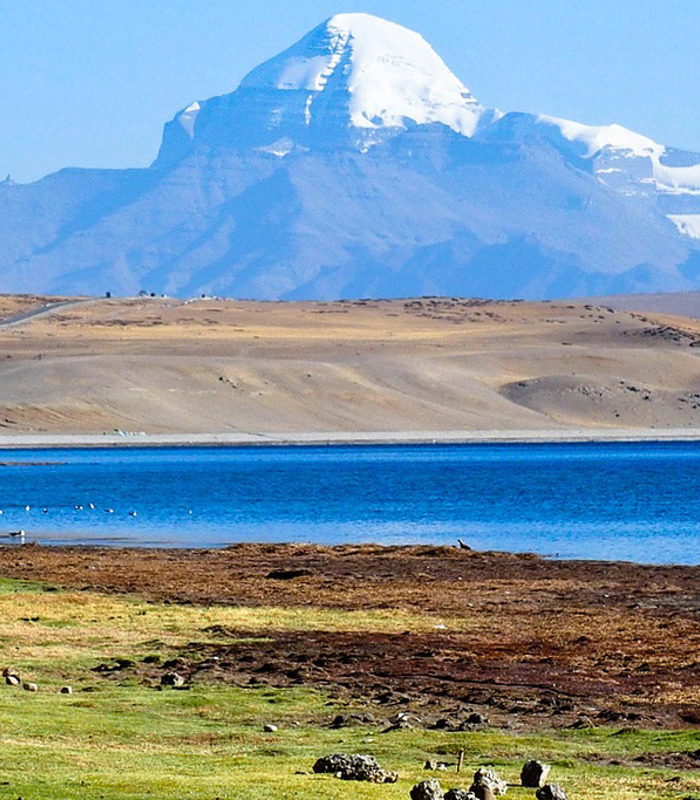HAS University of Applied Sciences’ Expertise & Research Centre in Innovative Bio-monitoring has been awarded an exciting project aiming to save the tiger at the foot of the Himalayas. This is a large interdisciplinary research project with partners from the Netherlands, Nepal and India. The total research budget from the Dutch Research Council (NWO) is 2.7 million euros.
Involved in the project on behalf of HAS are Project Leader Rémon Saaltink, Professor Margje Voeten, Paulo van Breugel and Ake Nauta. Intensive collaboration between students from the study programmes Environmental Studies, Applied Geo-Information Science and Applied Biology will continue throughout the 4 to 5 year duration of the project.
Reduced tiger numbers
“There has been a sharp decline in numbers of tigers at the foot of the Himalayas in recent decades,” explains Rémon Saaltink. “The greatest cause of this is the disappearance of their habitat due to human activities. The expansion of arable farming and livestock farming has drastically changed the hydrology of the rivers: grasslands have gradually changed into forested areas. This has caused a decline in the tiger's main prey. To save the tiger, it is therefore essential to understand the area’s hydrology and ecohydrology and to come up with proper water management strategies that will ensure an improvement in the quality of the habitat.”
Research into habitat
Four universities and two universities of applied sciences are involved in this research project. The universities will primarily carry out fundamental research in Bardia National Park (968 km2), while HAS and Van Hall Larenstein Universities of Applied Sciences will focus on the total tiger habitat in Nepal, referred to as the Terai (50,000 km2).
Smart measurement methods
To summarise, HAS University of Applied Sciences is going to map the variability in ecohydrological conditions using smart measurement methods such as remote sensing and machine learning. HAS will also identify effective monitoring techniques for grasslands and prey: from drone technology to camera traps and e-DNA. Van Hall Larenstein will focus more on the socio-economic aspect as it is important that any hydrological and ecohydrological measures to be taken are also supported by the local population.
Participating parties
The full list of participating partners in the consortium is: Vrije Universiteit Amsterdam, Utrecht University, Delft University of Technology, HAS University of Applied Sciences in 's-Hertogenbosch, Wageningen University & Research, Van Hall Larenstein University of Applied Sciences, Himalayan Tiger Foundation, Rotterdam Zoo (Diergaarde Blijdorp), VanderSat, National Trust for Nature Conservation, National Parks & Wildlife Conservation, World Wide Fund for Nature Netherlands, Sensing Clues Foundation, Wildlife Institute of India, Kathmandu University, Tribhuvan University, Swansea University, ICIMOD, Office of Bardia National Park, Nature Conservation Foundation, Snow Leopard Trust, Smartphones4Water Nepal, Buffer Zone User Committee, Tharu Women Uplift Centre and Ujayalo Nepal.


